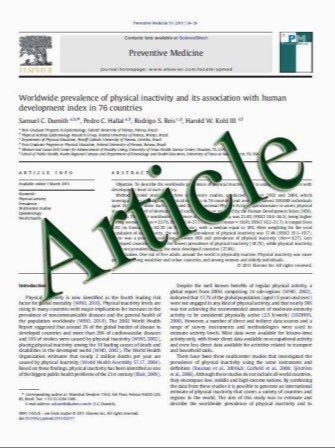Adherence and profile of non-persistence in patients treated for osteoporosis—a large-scale, long-term retrospective study in The Netherlands
- نوع فایل : کتاب
- زبان : انگلیسی
- مؤلف : J. C. Netelenbos & P. P. Geusens & G. Ypma & S. J. E. Buijs
- چاپ و سال / کشور: 2010
Description
Summary We analyzed 12-month compliance for all ten oral osteoporosis drugs in the Netherlands by medication possession ratio (MPR.80%) in 105,506 patients, and persistence in 8,626 starters indicated high MPR (91%), low persistence (43%), and no restart in 78% of the stoppers after 18 months. Introduction We studied compliance and persistence for all available oral osteoporosis medications on a national scale in the Netherlands. Methods We analyzed the IMS Healthپfs longitudinal prescription database, which represents 73% of all pharmacies in the Netherlands. Twelve-month compliance was measured by medication possession ratio (MPR) in a cross-sectional cohort of 105,506 patients who received at least three prescriptions. Twelve-month persistence (no gap in refills for >6 months) was measured in all 8,626 consecutive patients starting therapy, with a further follow-up in nonpersistent patients during an additional 18 months for evaluation of switching, restart, or definitive stopping oral medication. Multivariate logistic regression analysis was used to analyze the odds ratios (ORs) with 95% confidence intervals (CI) of characteristics of non-persistence. Results MPR of .80% was found in 91% of patients. Persistence was 43% (range, 29.52%). Persistence was related to age >60 years (ORs, 1.41 to 1.64), pharmacy outside very dense urban area (ORs, 1.39 to 1.44), additional use of calcium and/or vitamin D supplementation (OR, 1.26 and CI, 1.13, 1.39) and use of glucocorticoids (OR, 0.65 and CI, 0.59, 0.72) or cardiovascular medication (OR, 0.88 and CI, 0.79, 0.97). Of non-persistent patients, 22% restarted within 18 months with oral osteoporosis drugs. Conclusions One-year compliance for all available oral osteoporosis medications was high, but 1-year persistence was low. Most stoppers did not restart or switch during an additional 18-month follow-up. These data indicate a major failure to adequately treat patients at high risk for fractures in daily practice
Osteoporos Int (2011) 22:1537–1546 DOI 10.1007/s00198-010-1372-5 Received: 18 May 2010 / Accepted: 4 August 2010 / Published online: 14 September 2010


